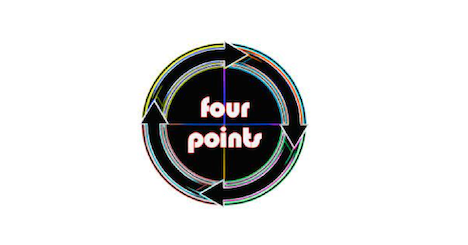Cultures Commune in Crow Country
Part 4: Crazy Head puts the Sioux chief in his place
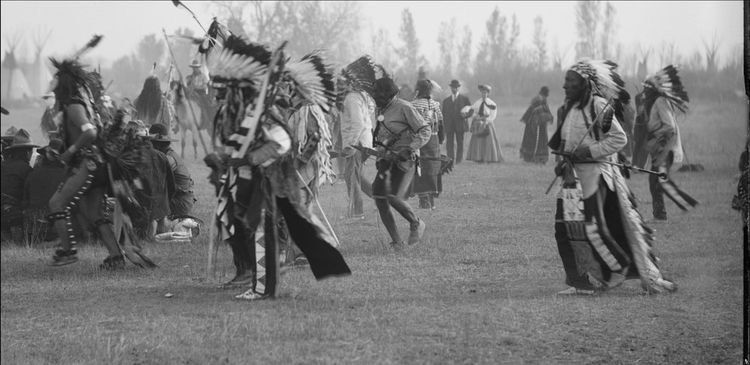
Pretty Shield, well-known medicine woman of Crow people who was 28 years old at the time of the visit, recounted to Frank Bird Linderman, who later wrote her biography, provides a clear insight to the visit and tells of Sitting Bull's commentary to the Crow people, and the consequent results of those views.
After the viewing of the Custer Memorial, Sitting Bull and his faction ventured back to the main campgrounds where they began another evening of singing and dancing. The following morning however, provided a very different air.
The great chiefs of the Crows called for a feast to be held in which the Crow leaders would be formally gifting horses to their Lakota visitors. Several who had brought their giveaway presents sat at the area designated for the public viewings of giveaways or dances.
In her own words: “Sitting Bull, wearing beautiful clothes, walked to its center (of a great circle of seated onlookers) and sat down there with a rifle across his knees.”
As with the old customs of the war councils, once everyone had settled in, the old men of the Crow and Sioux gathered up and began to tell of their war honors through the use of a translator or by sign language. A public announcer then told the story out loud so as the gathered crowd could also hear of the warriors exploits.
According to Josephine Waggoner, a witness to the Sioux chief’s time at the Standing Rock agency, this was done so as to test each side’s resilience; to see who elicited an angry reaction out of the other side first and cause him to lose his composure. If either side had not reacted accordingly, the intended peace would be pointless and hostilities, maybe even a battle became a very real threat to either side gathered there.
“Crazy Head, one of our chiefs, rode into the circle with several horses that he intended on giving the Lakota,” Pretty Shield continued.
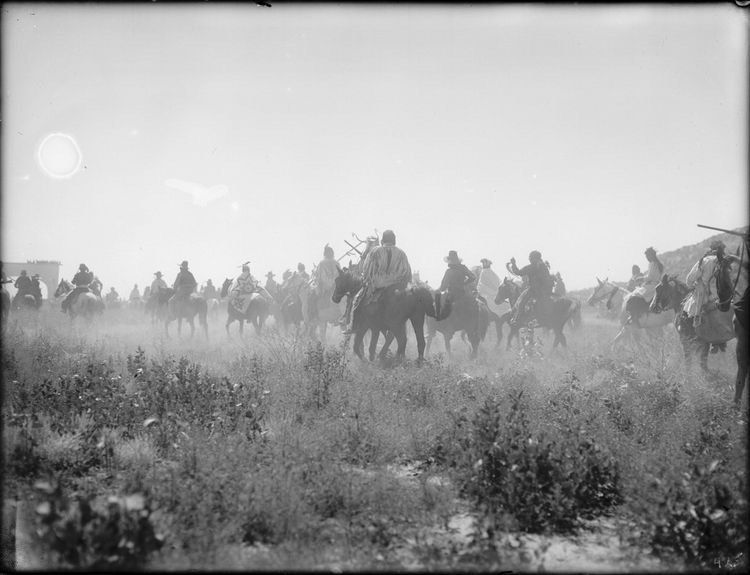
The great Chief Crazy Head, rumored to have been half-Cheyenne from his biological father and born to a Crow mother, Crazy Head rose to prominence in the 1860’s and 70’s through his war honors earned by the customs of his mother’s people. He had risen in rank from a war chief, to a band chief, leading a faction of Crows who settled near the Fallen Bell district.By the age of 40, Chief Crazy Head was one of the tribal band leaders and had a voice on several councils, due to his wisdom in the art of warfare and spiritual matters.
According to Pretty Shield, the Crow chief, still mounted on his horse, began to speak to his people. After he addressed the crowd, a Lakota man who spoke Crow began to translate his words. Crazy Head, recognizing an opportunity, decided to educate him and Sitting Bull’s people by using his former enemy as an example, and risking the threat of war, publicly called out Sitting Bull for his actions.
“I love my people, all of them,” Crazy Head announced, “I now ask them to listen and to use their eyes. We have to give each visiting Lakota a good horse, but before we do this, I am going to show you what kind of a man this great Lakota chief is; and I am going to show you what a man ought to be!”
Pretty Shield said Crazy Head’s words put fear into her heart as the Crow chief began his lecture to Sitting Bull. He continued:
“This Lakota calls himself great and yet, if what I have often heard is true, he is not kind to his people. A brave man is seldom unkind. Let us see if Sitting Bull is brave!”
Still on his horse, Crazy Head circled his horse around Sitting Bull, who sat pretending as though he had not heard anything, however there were several Lakota who knew the Crow language and this realization made Pretty Shield afraid that war would break out at any time.
Pretty Shield said Crazy Head carried no weapons, only the tail of a buffalo with an eagle feather tied to the end. His face was painted with white clay. Crazy Head called out an interpreter's name, one who could speak Lakota and convey his words to the crowd, while everyone else watched on anxiously. Crazy Head began his lecture:
“How can a man who thinks himself great be unkind to his people?” the Crow chief inquired. “I have killed more than one of your people, I have even counted more than one coup on them. This is how I counted one of my coups in a fight with your people near the spot now occupied by the white man’s town of Cody. You were there, I saw you there.”
It was here where these tests of strength proved to be too much to bear. Sitting Bull, reacting to Chief Crazy Head, suddenly was sprang upon by Crazy Head, who snatched the rifle across his lap, threw it into the crowd and then pushed Sitting Bull over, knocking him onto his backside. Sitting Bull, obviously slighted at this display, immediately shouting out in protest, where he was interrupted by Crazy Head again.
“These are some of the things I did that day when I fought your people, when I counted a coup on a Lakota warrior, the day that you were there. I saw you there. Hooooooo!!”
At which point, all the Crows gave a loud and sharp war-cry. According to Waggoner, Sitting Bull was accused by Bull Head of being a coward or he would not stand to be insulted, in public, in front of his own people.
However, Pretty Shield paints a different picture, saying “the Lakota women were afraid; but the men of the Lakota only laughed at Sitting Bull. They did not love him. They feared his medicine, but they did not respect him.” Linderman expresses surprise at Pretty Shield’s next statement, stating he did not expect her to be “enthusiastic” about Sitting Bull’s prowess as a warrior. Sitting Bull, knowing there was essentially nothing he could do, simply collected himself, and sat back down.
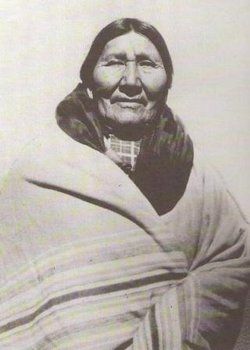
Pretty Shield continued, “Sitting Bull possessed a great power, a power that might have made his people love him; but he abused it, and (in doing) so lost it. His own people did not love him.”
However despite the Chief being publicly shamed and humiliated, Crazy Head still holding respect, gave Sitting Bull over 30 head of horses from his personal herd, to be divided amongst his friends as he wished, to set the enmity even.
Waggoner said the Sioux men held some resentment over the events prior to the giveaway, one in particular was Bull Head. Bull Head had apparently helped himself to one of the Crow horses given to Sitting Bull, a fine black and white paint horse. However Sitting Bull stepped forward, and gave the horse over to Catches The Bear, telling him to take it from Bull Head.
Bull Head stood by the horse for over two hours in protest, but Sitting Bull refused his request to let him have it, until eventually the Chief handed the offended man a fine buckskin horse. A few days later, the Hunkpapa Sioux began their return journey back to Standing Rock, promising to return again for another visit.
However, the Indian Agents, who could not bear to have the idea of Sitting Bull single handedly destroying their years of allotment work, forbade intertribal visits between the two tribes from occuring again. Apparently, several younger Crows, who had been born too late to earn their respect via war honors, took Sitting Bull's words to heart and began to rise up in defiance of the U.S. Government. Wraps His Horses Tail, better known as Wraps His Tail or Sword Bearer, would lead his famous resistance to the U.S. Army and Bureau Of Indian Affairs only one year later in 1887 in the now termed “Crow Indian Rebellion.”
The Sitting Bull Visit of 1886 proved to be one of the largest social events to be forgotten. Although, one could view it as a form of getting even, with the Crow chief settling a score with his former adversary. However, one could also view it as a way of healing for both sides, by addressing an issue, expressing your feelings, getting any frustrations out, and then using a tangible solution to move past the issue.
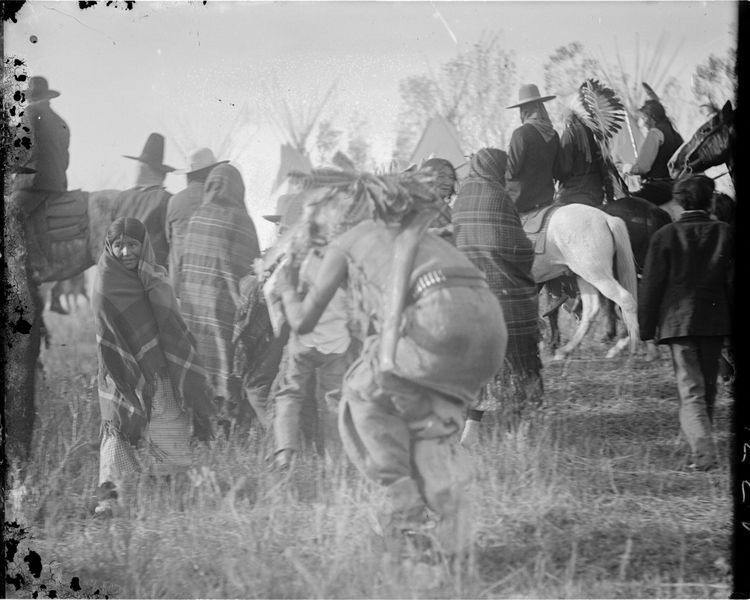
After this exchange, the two chiefs would never see each other again, as Indian Agents everywhere began to ban the practice of traveling visitations into the 1890s with the rise of the Ghost Dance Movement, which was said to be an uprising of Indian nationalism against white settlers. As Pretty Shield had predicted, Sitting Bull gradually fell out of popularity with his people, being viewed as a pompous and selfish man. This sentiment was shared by his peers, many who told lies to the Indian Agent of Sitting Bull’s treatment and ideologies with the Ghost Dance until Agent McLaughlin was convinced Sitting Bull would attempt to flee the reservation.
Around five in the morning on December 15, 1890, Indian Police officers on the orders of the Indian Agent, attempted to arrest the old man in his home, when supporters of his rallied at his side and protested the seizure. Catches The Bear, who had journeyed with Sitting Bull to Crow Agency only a few years earlier, shot Bull Head in the chest. Bull Head, now the leader of the Indian Police, and his former bully, fell to the ground. This resulted in gunfire being exchanged and in the end, 14 total people, including six officers, seven followers including the Chief’s own teenage son Crowfoot, as well as two horses being killed in the fight. Sitting Bull, was shot in the back of the head by Red Tomahawk, another Indian Police agent in response to Catches The Bear shooting Bull Head. The elderly chief who had been accused of collusion in the Ghost Dance Movement to rise up against the U.S. Government a second time, had died by his own people's hand.
